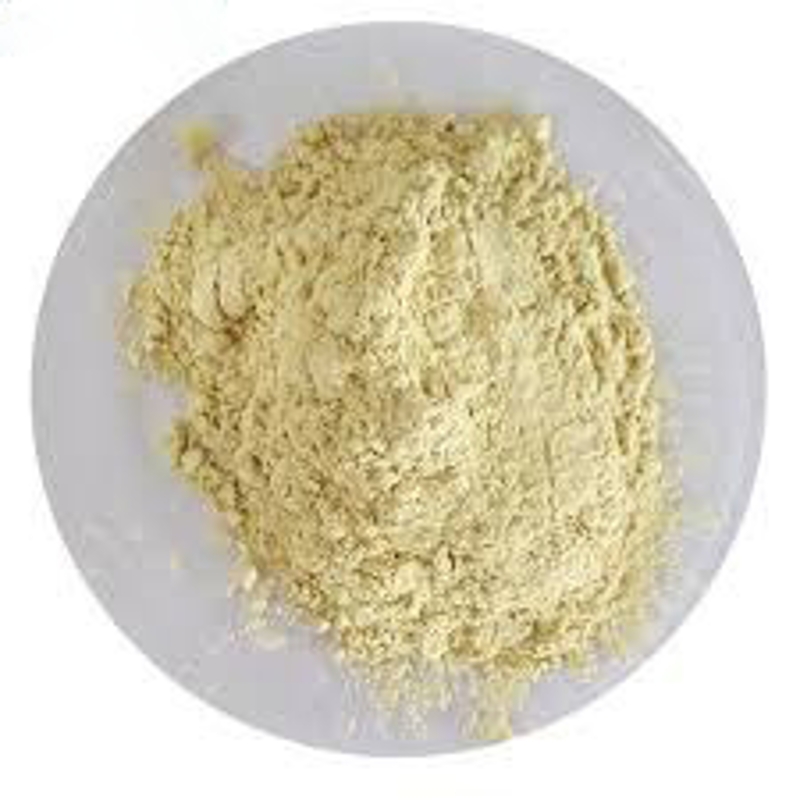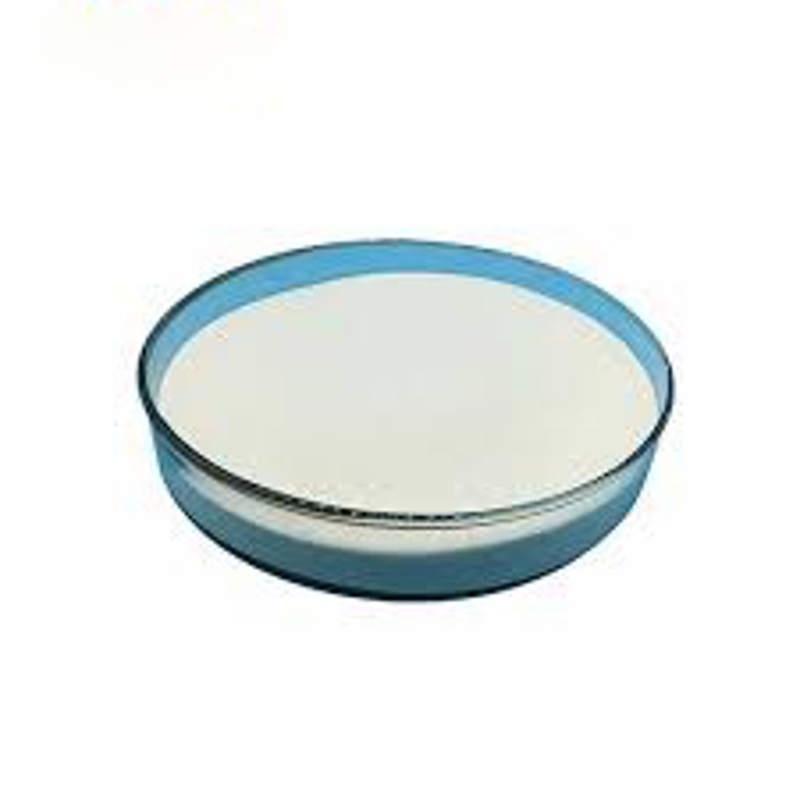Progress in the study of new active secondary metabolites of endophytic fungi in Camellia
-
Last Update: 2019-02-23
-
Source: Internet
-
Author: User
Search more information of high quality chemicals, good prices and reliable suppliers, visit
www.echemi.com
Endophytic fungi are fungi that live in various tissues and organs of healthy plants at a certain or all stages of their life cycle without causing obvious pathological changes in the infected host plants In the long-term coevolution process between endophytes and their hosts, endophytes have established a rich chemical communication mechanism with secondary metabolites as carriers The existence of this communication mechanism leads to the diversity of endophyte species, and then leads to the diversity of secondary metabolite structure and biological function In recent years, endophytic fungi, as an important source of novel active molecules, have attracted much attention Puno baimadanza research group, an important group of Phytochemistry and function research team of Kunming Institute of Botany, Chinese Academy of Sciences, has long focused on the systematic study of the secondary metabolites of plants in "one family, one genus", i.e "Schisandraceae and Camellia" As an expanding research content, the research group recently adopted the multi-level screening strategy, i.e LC-UV, LC-MS / MS and globe The data analysis platform of natural products social molecular Networking (GNPs) was constructed to screen endophytic fungi of Rabdosia, and the selected key strains were deeply dug for novel secondary metabolites The recent representative research results are as follows: 1 The discovery of novel heteroditerpenoids with Wnt signal pathway inhibitory activity Andrastatin a (figure-1) was detected in the molecular network of Penicillium sp SH18, an endophytic Penicillium sp from Isodon eriocalyx var laxiflora The first heteroditerpenoid was Satoshi, a Nobel Prize winner in physiology or medicine in 2015 Mona) was found in a Penicillium sp fo-3929 strain, and it has a significant inhibitory effect on farnesyltransferase inhibitors (the Journal of antibiotics, 1996, 49414-417) In order to obtain the analogues of this kind of heteroterpenes, the research group fermented Penicillium sp SH18 in a large amount, and found two kinds of heteroterpenes with novel structures from its rice fermentation products, i.e heteroterpenes A and B and I Among them, the structure and absolute configuration of isopenicin a were determined by x-single crystal diffraction analysis, and the structure and absolute configuration of isopenicin B and C were determined by quantum chemical calculation of NMR data combined with ann-pra (artificial neural networks pattern recognition analysis) analysis and quantum chemical calculation of electronic circular dichroism (ECD) In addition, the research work was also conducted with Li Yan of Kunming Institute of botany to study the activity of Wnt signaling pathway It was found that isopenicin A is a novel Wnt signaling pathway inhibitor and can selectively inhibit the growth of colon cancer cells by inhibiting Wnt signaling pathway (figure-2) The above research results are published in organic letters (2019, 21771-775) under the title of isopenicins a – C: two types of ANTIUMOR meroterpenoids from the plant endogenous functions Penicillium sp SH18 Tang Jianwei and Kong Lingmei are the co authors of the article, and Puno baimadanzheng and Li Yan are the co authors of the article 2 A pair of novel dibenzo - α - pyranone enantiomers were found by OSMac strategy An endophytic Alternaria sp hh930 from I sculponeatus was found to have abundant secondary metabolites by LC-UV screening Then, OSMac (one strain many) was used A pair of dibenzo - α - pyranone enantiomers, (+) - and (-) - alternarialactone a (Fig 3) with dioxygen cage structure were found in the rice medium The core fragment of the compound has continuous quaternary carbon and many deceptive HMBC signals, such as the rare C-H four bond correlation (4jch), which brings great challenges to its structural analysis In the end, the structure was determined by using the quantum chemical calculation NMR data combined with the DP4 + possibility analysis and x-single crystal diffraction analysis At the same time, the absolute configuration was determined by the chiral column resolution combined with the quantum chemical calculation electronic circular dichroism (ECD) The team also used quantum chemistry to calculate the coupling constant to confirm that the emergence of 4jch coupling is due to the significant increase of the coupling constant of 4jch caused by "W" coupling (Fig 4) In addition, a variety of active models showed that (-) - and (-) - alternarialactone a had a certain inhibitory activity on the apoptosis of PC12 cells induced by corticosterone The above research results were published online in Journal of natural products (DOI: 10.1021 / ACS Jnatprod 8b00571) under the title of (+ - and (-) - alternarilactone A: environmentomers with a dioxy cage like scaffold from an endophytic alternative sp Tang Jianwei is the first author of the article, and Puno baimadan is the corresponding author of the article.
This article is an English version of an article which is originally in the Chinese language on echemi.com and is provided for information purposes only.
This website makes no representation or warranty of any kind, either expressed or implied, as to the accuracy, completeness ownership or reliability of
the article or any translations thereof. If you have any concerns or complaints relating to the article, please send an email, providing a detailed
description of the concern or complaint, to
service@echemi.com. A staff member will contact you within 5 working days. Once verified, infringing content
will be removed immediately.







